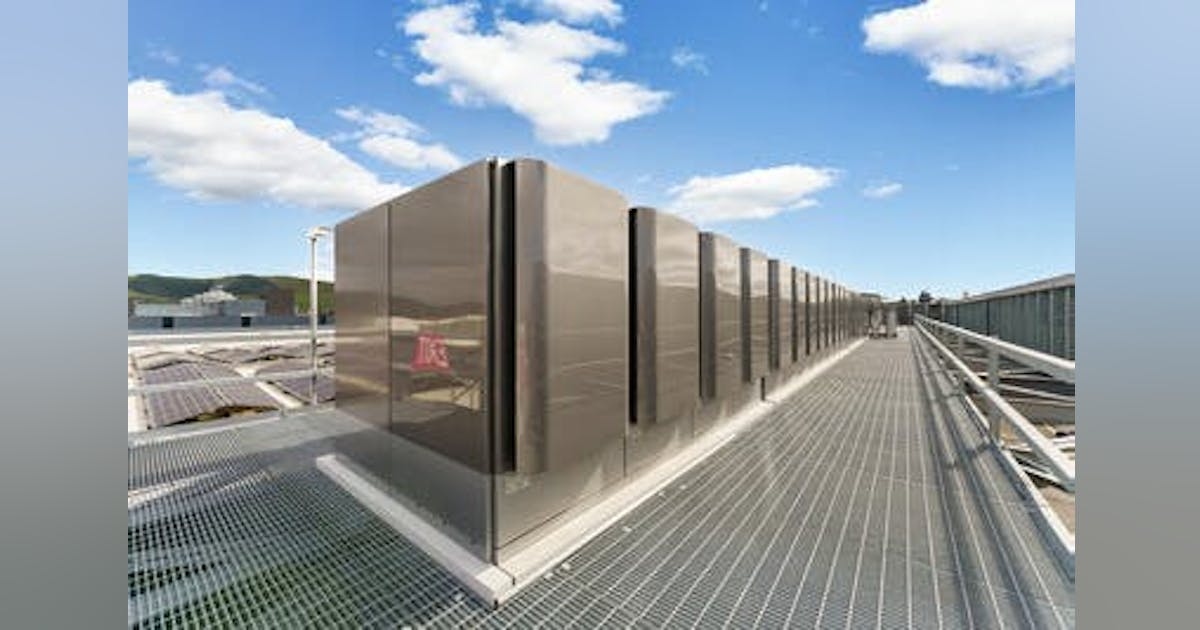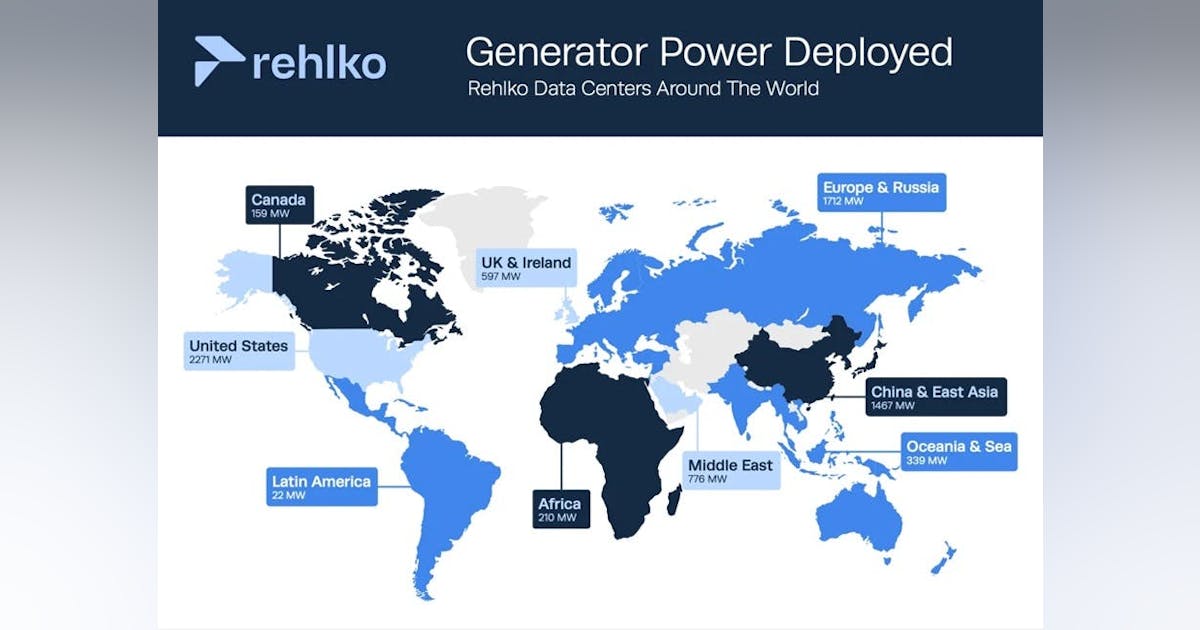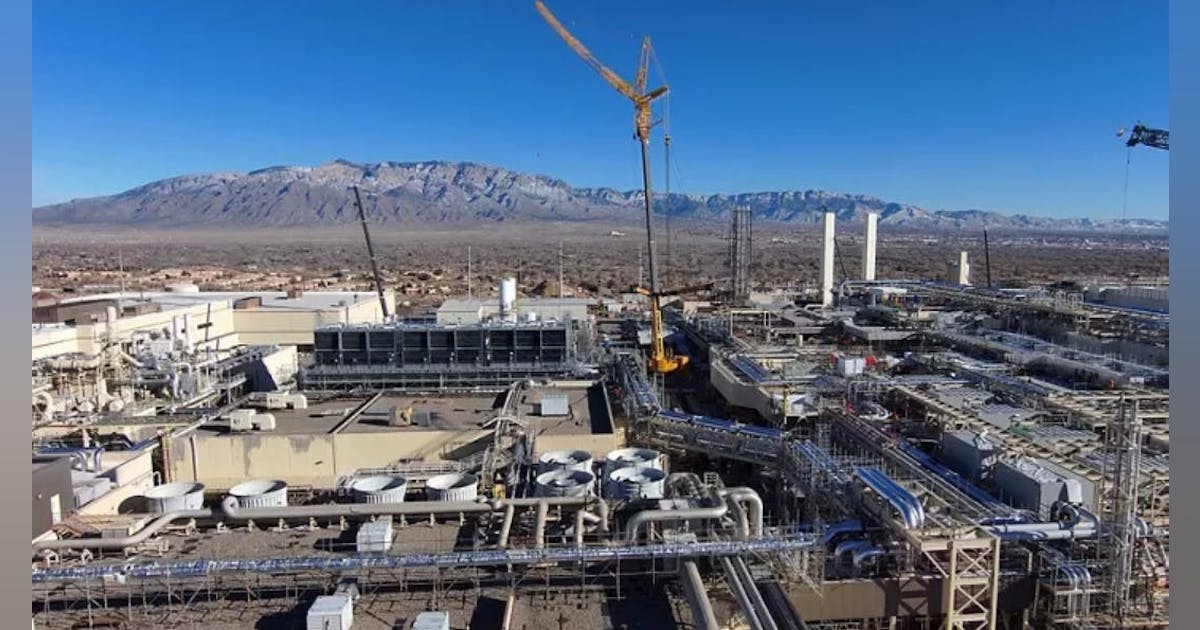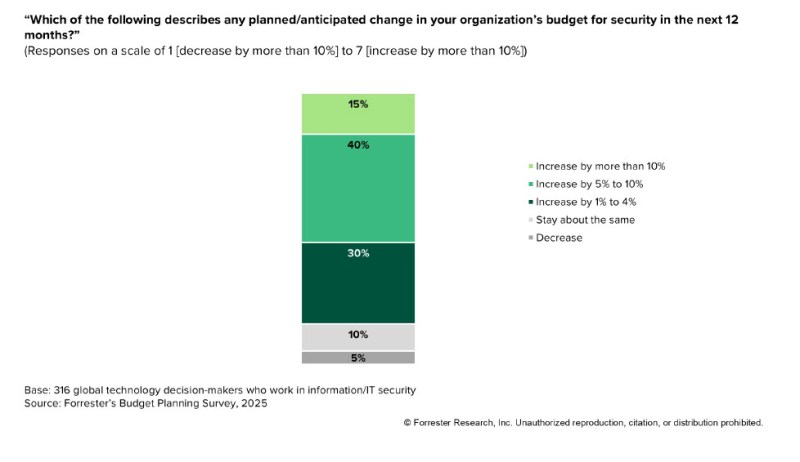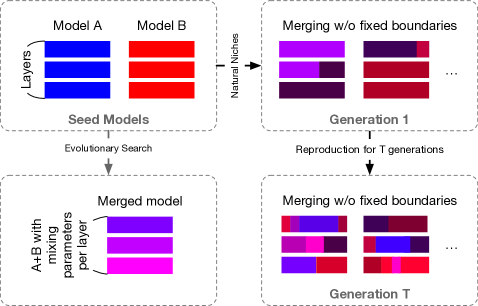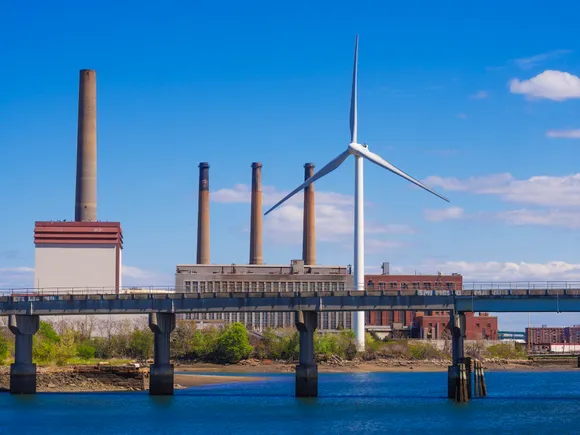
Massachusetts utility regulators on Friday approved a three-year budget for the state’s energy efficiency program Mass Save, cutting $500 million from the original $5 billion proposal.
“Even with this budget reduction, the state’s energy efficiency program will continue to provide customers with billions in savings and benefits each year by supporting improvements to homes and businesses like energy efficient heating systems and appliances as well as low-cost weatherization,” the Department of Public Utilities said in a statement.
Mass Save has helped customers save 18 million MWh of annual electricity consumption in the last 15 years, DPU said. The budget reduction will lower total residential program budgets by 25% for gas and 15% for electric, regulators said.
Even with the reduction, the program’s 2025-2027 budget remains higher than its $3.95 billion 2022-2024 budget, according to Western Mass News.
“The decrease will vary by utility provider, as the utilities must work together to reduce the total budget of Mass Save,” DPU said. Each utility budgets for their own programs that are then collectively proposed in the total budget, the agency explained.
Mass Save members include Eversource Energy, Berkshire Gas, Cape Light Compact, Liberty Utilities, National Grid and Unitil.
Eversource issued a statement commending the DPU “for listening to customer concerns about affordability and taking the difficult action.”
“This is the most immediate step the state can take to provide long-term rate relief to customers and ensure that the pace of the energy transition in Massachusetts is affordable and attainable,” Eversource said. “To be clear, we are steadfastly committed to the Mass Save programs, which are essential to meeting the commonwealth’s decarbonization goals.”
Massachusetts is targeting net zero emissions by 2050. Efficiency advocates say the DPU’s decision will result in $1.5 billion loss in benefits and savings.
“Paring back energy efficiency programs designed to reduce energy consumption at a time when Massachusetts residents are facing skyrocketing utility bills is like cutting your nose to spite your face,” the Conservation Law Foundation, as part of the Beyond Gas coalition, said in a statement.











